Women’s safety in public space is very complex. Women’s perception of safety – as opposed to their risk of experiencing gendered violence or crime – very much determines how they interact with public space. This issue of perception makes measuring and evaluating women’s experiences difficult.
The passing of the Gender Equality Act 2020 in February 2020 created a legal imperative in Victoria to shift urban politics, policies, design and research towards understanding how gender affects needs and experiences. This is generally poorly understood by those who determine how places are designed, developed, governed and maintained.
Tackling the inclusion of women in all aspects of public spaces will be paramount, but it cannot be a one-size-fits-all approach. Nuanced thinking and multiple gender-sensitive strategies are required.
In local streets, parks, squares and walkways across Australia we saw a marked increase in the numbers of people walking and cycling under COVID-19 restrictions that allowed people to leave their homes for exercise. Coupled with the big drop in car traffic, these public spaces may have felt like they had never been safer.
But are these spaces safer for women? And how will we measure women’s perceptions of safety in a (post-)COVID world?
Read the full article on the Conversation
Authors: Nicole Kalms, Georgia May Johnson, Gill Matthewson
Recommended by Luisa Bravo



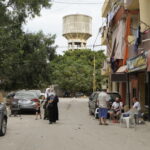

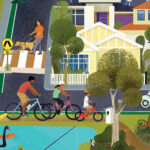
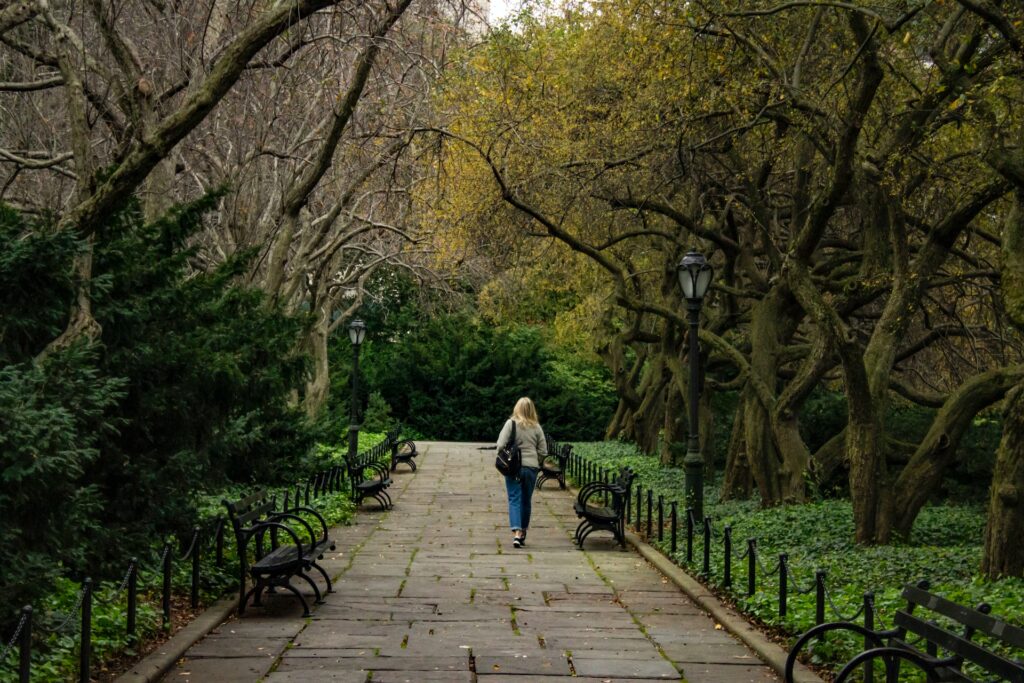
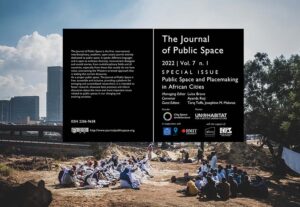
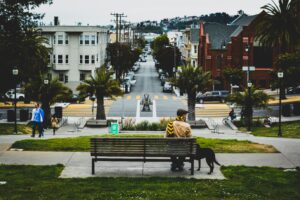
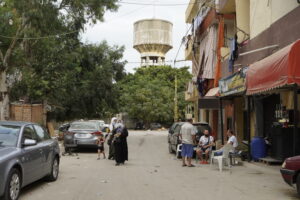
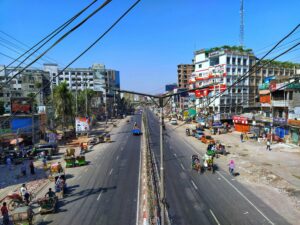
More Stories
Guide to Walkable Public Space from NSW Government (Australia)
This new ‘risky’ playground is a work of art – and a place for kids to escape their mollycoddling parents
Great Public Spaces Toolkit